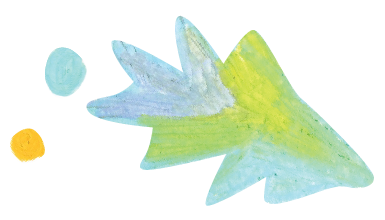Library
-
Electrolytes are the salts and metallic components that are dissolved within the blood serum (serum is the liquid portion of blood). The electrolytes of greatest clinical importance are sodium, potassium, chloride, bicarbonate, phosphorus, and calcium. It is important to detect changes in electrolyte concentrations so that these changes can be treated before the situation becomes severe or life-threatening.
-
Serum iron tests are indicated when the results from a complete blood count (CBC) indicate that your pet is anemic (meaning they have decreased red blood cell numbers and/or decreased hemoglobin) and that the red blood cells are microcytic (smaller than usual) and hypochromic (contain less hemoglobin than usual). Tests to assess iron deficiency require a single blood sample that is sent to a veterinary referral laboratory.
-
Serum contains many proteins that perform diverse functions, which include providing cellular nutrition, defending against infections, playing a role in inflammation, and acting as hormones or enzymes. Protein electrophoresis is a specialized test that analyzes specific groups of proteins in the blood serum and measures how much of each group of protein is present. The results of the analysis help diagnose specific diseases, such as infection and some types of cancer.
-
Ophthalmic autologous serum is a blood-derived product used to treat corneal ulcers in animals. Ophthalmic autologous serum is part of the blood and is collected directly from the patient. It is in liquid form.
-
Shaker syndrome is a condition involving generalized head and body tremors in dogs. The condition is often seen in small-breed, white dogs, although dogs of any size and color may be affected. The cause is unknown but thought to be autoimmune due to its response to treatment with steroids.
-
Shar-Pei recurrent fever syndrome is a hereditary condition that affects nearly one in four Shar-Pei dogs. Affected dogs experience recurrent episodes of fever and inflammation, with no identifiable underlying cause. Inflammatory cytokines released during fever episodes contribute to the production of a protein called amyloid which is then deposited in a variety of internal organs, resulting in a condition known as amyloidosis. Signs that may accompany the fever episodes include swelling of the hocks and muzzle, abdominal pain, vomiting, and diarrhea. Non-steroidal anti-inflammatory drugs are often prescribed to reduce fever and alleviate discomfort. Colchicine is the drug of choice for the long-term treatment. Affected dogs can often be managed, but the condition will affect them for the remainder of their lives. If your dog is already showing signs of chronic kidney disease, your veterinarian will also develop a treatment plan to address the kidney disease.
-
Children and Shelties often go well together. Both like to run around and make lots of noise. Don't be surprised, though, if you find your Sheltie attempting to herd your children into a tight little circle. When tapping into his heritage, the Sheltie does not distinguish between a herd of sheep and a herd of kids.
-
The dignified, independent Shiba Inu may seem more like a cat than a dog - particularly to those whom he does not know. However, those who are privileged to be part of the pack know that this ancient Japanese breed bonds strongly to his human family - and can be surprisingly fun-loving.
-
The Shih Tzu is among the world's most loving, attentive, affectionate, sweet, and mild-mannered breeds. Content to sit on your lap, in your handbag, or at your feet for hours, Shih Tzu want nothing in life other than to love and be loved by a favorite person.
-
The "ancestral diet" for dogs and cats is a broad term for a feeding plan that generally mimics what a wolf or wild cat might consume in the wilderness. In practice, there is great variability in nutrients, ingredients, and safety considerations for food sold or produced as an ancestral diet. This article reviews these considerations, so that pet owners, along with their veterinary care teams, can make informed decisions for their pets.

